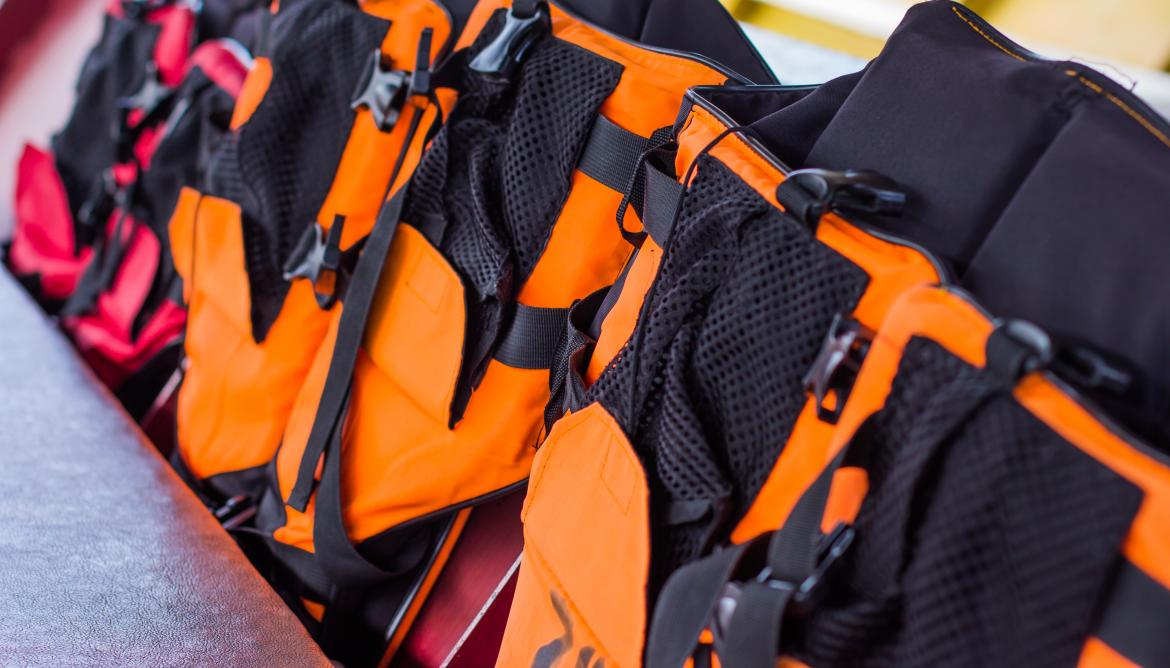Fatalities on DCVs
Between 2017 and 2021, there were 19 operational-related fatalities on DCVs; overall, the number of fatalities has been trending downward.
The majority of fatalities from 2017-2021 occurred in Queensland, and 90% of those Queensland fatalities involved fishing vessels. Fishing vessels also accounted for the majority of all operational fatalities 2017-2021.
In 2021 there were three fatalities associated with DCV vessel operations.
The fatality rate is the number of fatalities per 100,000 crew employed on DCVs. In 2021 this was 4.5, lower than the five-year average of 5.5.
Injuries on DCVs
In 2021 there were more injuries reported than in 2020 or 2019; however the rate of incidents resulting in injuries dropped, due to the overall increase in incident reporting.
Injuries are categorised as serious or minor. In 2021, DCVs reported 39 serious injuries, similar to 2020 and 2019, but a smaller proportion of all injuries reported, suggesting that DCV operators are notifying AMSA of a greater number of incidents that result in less-serious outcomes, a potential success from AMSA promoting an ‘incident reporting culture’.
The most common types of circumstances in which a crew injury was reported (consistent across very serious, serious and less serious injuries) were:
- operational and technical access, which involves the movement of people around the vessel and the condition of access equipment including ladders and stairs
- injuries resulting from incidents where a loss of vessel control was reported
- injury where water conditions and weather affected the operation of the vessel
- handling of cargo and stores, and
- maintenance operations
Persons overboard on DCVs
In 2021, 73 of a total of 80 incident reports involved persons overboard from DCVs.
This is consistent with contextual expectations given that the DCV fleet comprises smaller vessels, where the risk of falling overboard is correspondingly greater.
Passenger vessels reported almost half (34) of persons overboard incidents on DCVs, and the majority of these persons were not wearing a lifejacket, or their life jacket status was unknown. This is consistent with the context of vessels carrying passengers in groups and situations where it is less likely or practical for passengers to be wearing lifejackets. Of the incidents where it was reported that the person overboard was wearing a lifejacket, the majority of these (14 out of 22) were non-passenger vessels.
There was one person overboard incident which resulted in a fatality on a DCV fishing vessel. The incident report noted that this person was not wearing a lifejacket.
